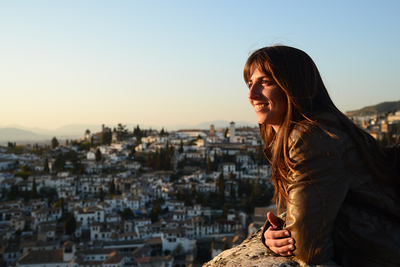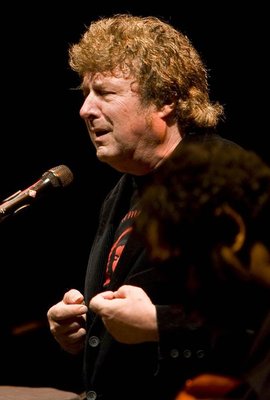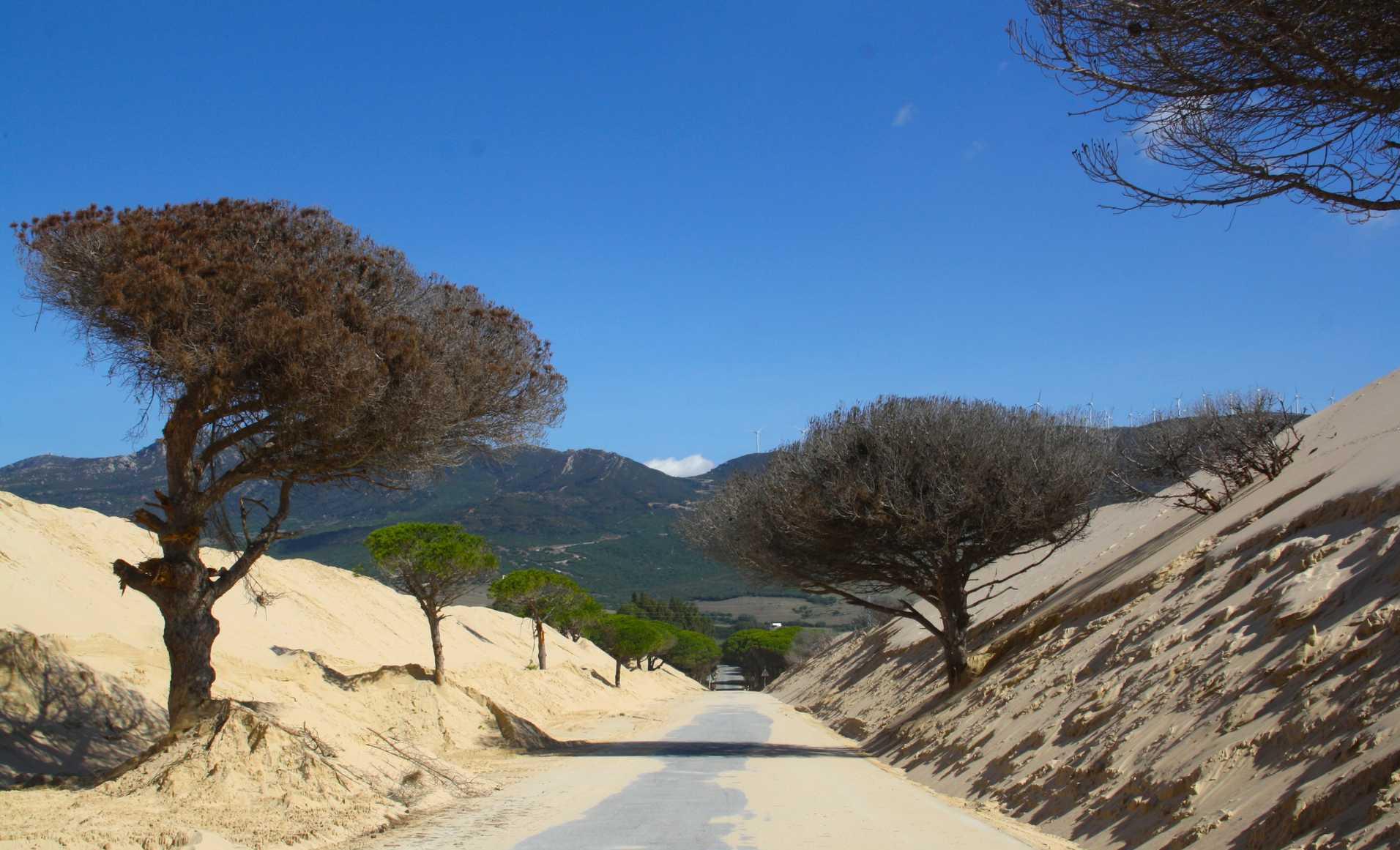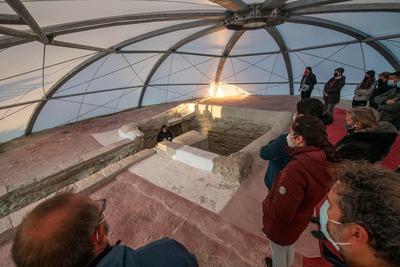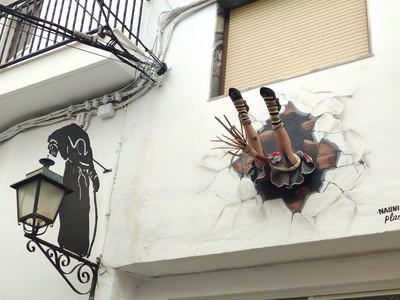Granada: Capital of the Memory of Manuel de Falla

He spent the best twenty years of his creative life in Granada. His villa was a key meeting place for Granada culture.
Manuel de Falla (Cadiz, 1876 - Alta Gracia, Argentina, 1946).
Great musician
Composer. Born into a family of the Cadiz bourgeoisie that lived in a building in Plaza de Mina, he gave his first concerts in his hometown. Settled in Paris from 1907, he met Claude Debussy, Maurice Ravel, Dukas and Albéniz. With a definitively personal style related to folklorist nationalism and the French school, he embraced Andalusian and Spanish themes, melodies, rhythms and expressions, while he also explored little-known musical and theatre formulas such as puppet theatre. A solitary hypochondriac, he settled in a villa in Granada, the city in which, in 1922, he organised with Federico García Lorca the Cante Jondo Singing Contest whose first prize went to El Tenazas but which also brought a young Manolo Caracol into the spotlight. Although he initially supported the Second Republic, he came to disagree with its sacking of some churches due to his marked Catholicism. He further distanced himself from the Francoist uprising, especially after the murder of his young friend, Federico García Lorca, in Granada.
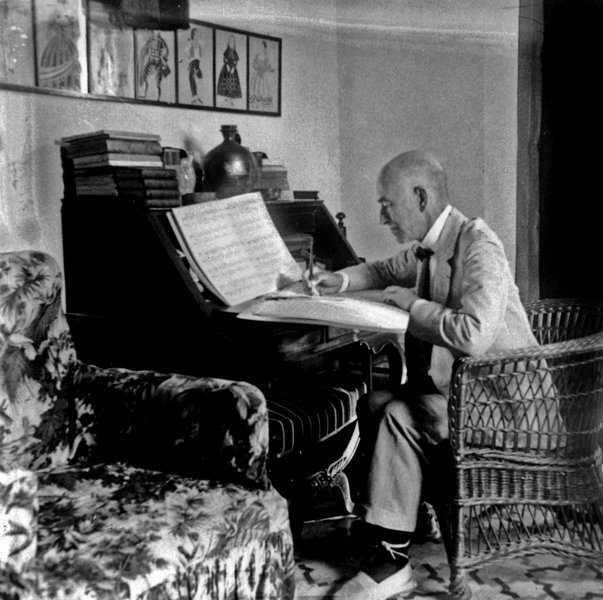
Despite being born in Cadiz, where the local scope of his work has been recovered, Granada became the capital of his memory. Along with the House Museum and the Foundation named after him, the Falla Archives, which are housed in the Manuel de Falla Auditorium, preserve a good part of his library with books and annotated sheet music that comprise a piece of his personal universe.
"Music," wrote Manuel de Falla, "is the youngest art. We're just getting started."
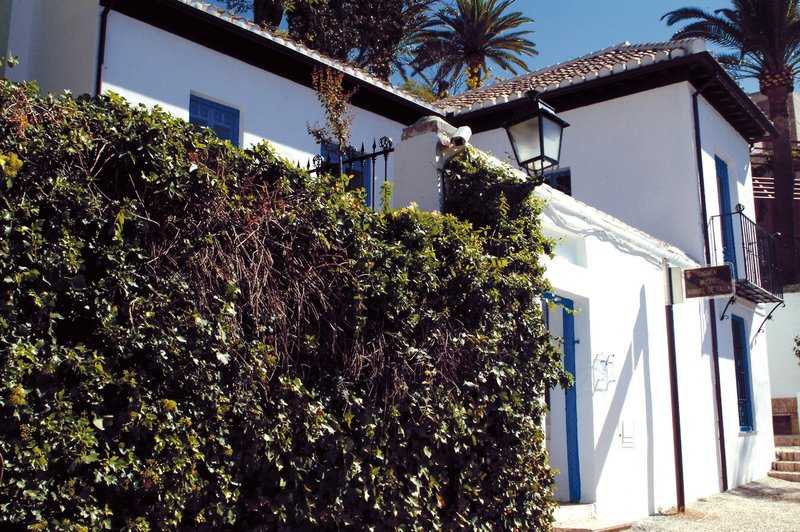
Granada, his "mini Paris"
The most intimate details about the life of the composer are within reach of those who wish to find out more, thanks to the guided tours organised by the Manuel de Falla Cultural Centre in the musician's House Museum, situated on the hill leading to the Alhambra, on Paseo de los Mártires, where he lived between 1922 and 1936.
Falla's fascination for Granada, which he called "my mini Paris" due to the intellectual atmosphere felt in the Andalusian city at the time, led to him setting up home in the city following his return from the French capital and up to the breakout of the Civil War when he went into exile in Argentina.
It was in Granada where he composed some of his most sublime work, such as Amor brujo (1914-1915), and where his passion for flamenco was sparked and, more specifically, his interest in cante jondo, which he brought back from oblivion with the contest he organised with his great friend, Federico García Lorca, in Plaza de los Aljibes de La Alhambra in 1922.
The guided tour of the Falla House Museum in Granada enables visitors to discover some of the lesser-known aspects of his private life, as well as his hypochondriasis, which led to him filling his home with a range of remedies and ointments.
These include a wooden chair stationed at the entrance to the house. He placed some wheels on the base of its legs in case he became ill.
A tiny dwelling, half a metre high, served on several occasions as a shelter to the composer who would hear in his house the gunfire from the Cemetery of Granada where multiple executions were performed at the beginning of the Civil War.
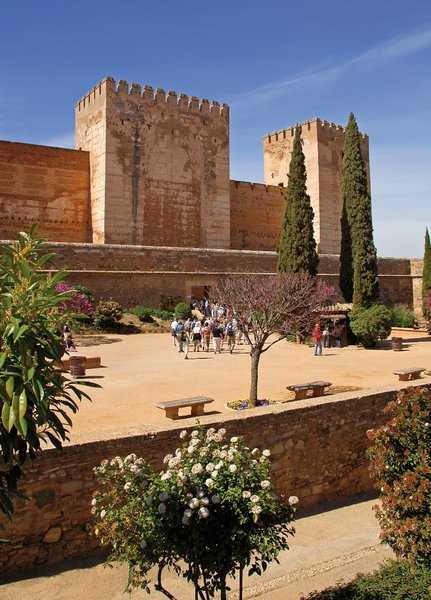
Relationship with Lorca
The friendship between Falla and Lorca is still reflected in his home, where a psalter can be seen. This was an instrument dating from the Middle Ages that consisted of an elongated wooden box with several cords, and a tapestry that some nuns from Madrid gave to Falla.
The latter is in a room where Lorca used to spend long hours when visiting Falla, and it includes motifs that later became Lorcan and would illustrate a large part of his work, such as its recurrent images of women or popular pomegranates and half moons.
The lounge is home to the musician's piano, which the House Museum lets tourists who know how to play the instrument touch. Next to it is the table around which Falla would gather with his friends and the great intellectuals of the era, including Lorca, Ignacio Zuloaga, Juan Ramón Jiménez, Hermenegildo Lanz and Maurice Ravel, who stayed at Falla's house during some of his visits to Spain.
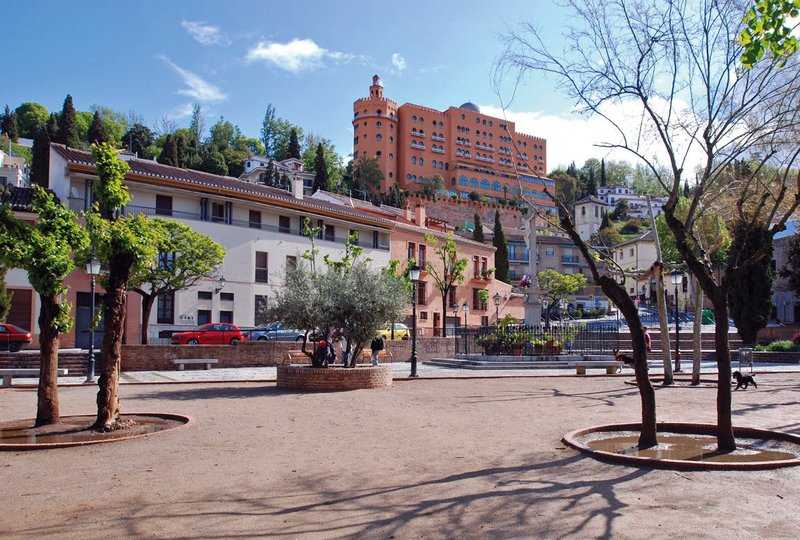
At the foot of the Alhambra: the Realejo.
From the forests of the Alhambra, you can head down to the Campo del Príncipe along Calle Antequeruela. It is on this street, on the left, where you will find the villa that belonged to Manuel de Falla, and which is today his House Museum. At the curve of the street below stands San Cecilio Church, where the master would play the organ at evening mass.
At the foot of the Alhambra is the Realejo, which is an old Jewish district. Today is i one of the most popular and lively in Granada but it still preserves the multicultural traces of centuries of history. A good option is to explore it after visiting the Alhambra.
Going down the Realejo's hill, which is more like a staircase than a street, you will reach the heart of the neighbourhood.
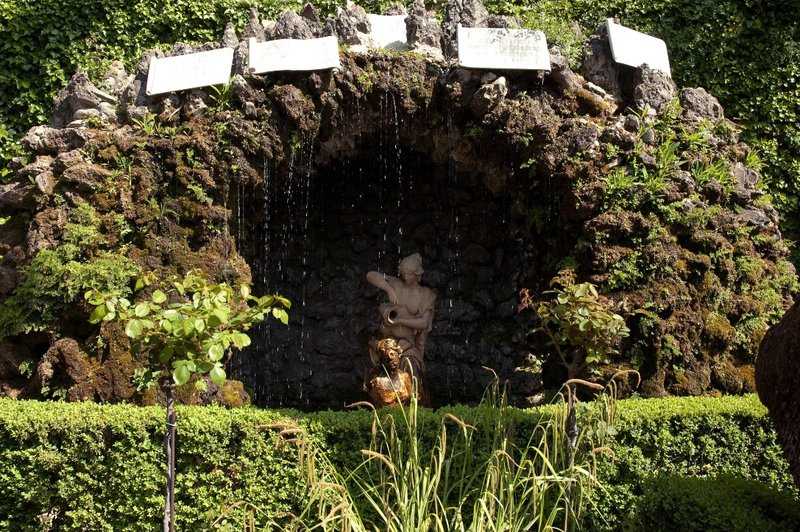
Carmen de los Mártires is home to one of the most romantic gardens in Granada and fans of poetry will be amazed when they discover that under one of its trees San Juan de la Cruz wrote the verses of La noche oscura del alma.
You should also make a stop at the impressive, reddish mass of Torres Bermejas, which is an ancient fortress that was already considered old when the Alhambra was constructed. This structure recalls times gone by of knights and heroic defences. In the same area you will find the villa of the Rodríguez Acosta Foundation, which is a building/studio with gardens designed by the painter at the beginning of the 20th century.
Walk 1: The Realejo, old Jewish district in Granada. Entering from Plaza Isabel la Católica in the direction of Calle Pavaneras, continue to the Campo del Príncipe. There, you will also find Cristo de los Favores, which is of great significance in popular culture. You can also see Las Carmelitas Descalzas Convent, Casa de los Tiros, the Rodríguez Acosta Foundation and the Cuarto Real de Santo Domingo, previously known as Palacio de Almanxarra, and which is one of the few examples preserved of residential Granada architecture from the Nasrid era. You can visit the garden that surrounds the building, which was a green lung in the city eight centuries ago, providing great freshness in the lively Realejo district.
Walk 2: The walk begins near the centre, at the Placeta de la Puerta del Sol, which is a beautiful viewpoint that has maintained its old washhouse.The centre of the Realejo is comprised of the Campo del Príncipe, a large square overlooked by the Cristo de los Favores, a venerated statue of miraculous fame in the city. The terraces of many bars and restaurants are always overflowing, especially on hot nights, with groups and entire families enjoying the traditional flavours of the local cuisine and a relaxed atmosphere typical of Granada.
In the vicinity of the Campo del Príncipe, some of the most interesting churches and convents in Granada are concentrated: Santo Domingo Church. Also worth a visit is Las Comendadoras de Santiago Convent, which is the oldest in the city, either to admire its lovely Baroque altarpiece or to fall into the temptation of the delicious sweets the nuns prepare and sell.


